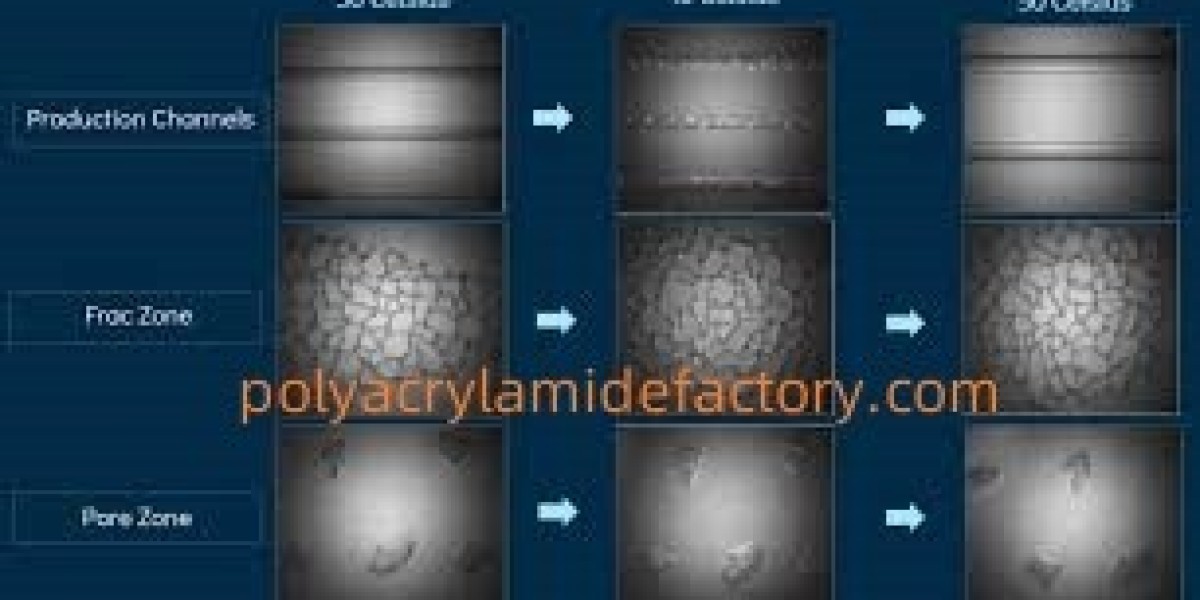Understanding the relationship between polymer structure and performance in mineral processing flocculant is essential for optimizing mineral processing operations. Flocculants play a crucial role in aggregating fine particles in slurry, improving solid-liquid separation, and enhancing the efficiency of downstream processes. The effectiveness of flocculants depends largely on their molecular architecture and how it interacts with mineral surfaces.
Polymers used in mineral processing are typically designed with specific structural features such as molecular weight, charge density, and chain configuration. These characteristics influence the adsorption of polymer chains onto mineral particles, bridging them together into larger aggregates or flocs. The flocculation process is complex and involves both physical and chemical interactions, including electrostatic attraction and polymer bridging.
A key factor in polymer performance is its charge type and distribution. Cationic, anionic, and nonionic polymers each behave differently depending on the mineralogy of the slurry. For instance, cationic flocculants tend to be more effective with negatively charged mineral surfaces, promoting faster particle aggregation. The molecular conformation also impacts how the polymer chain extends into the slurry, affecting floc size and strength.
Besides charge, molecular weight is important in determining flocculation efficiency. Polymers with higher molecular weights generally create stronger flocs due to longer chains that bridge multiple particles. However, excessively large polymers can increase slurry viscosity, hindering the separation process. Therefore, a balance must be struck between molecular weight and charge density to optimize performance.
Understanding the interplay between polymer structure and mineral slurry characteristics enables better selection and customization of flocculants for different mineral processing applications. Adjusting polymer properties can improve sedimentation rates, reduce water consumption, and enhance overall plant throughput.
At Polyacrylamidefactory, we specialize in providing high-quality polymer flocculants tailored for mineral processing needs. Our products are formulated with an emphasis on polymer structure-performance relationships, ensuring effective slurry treatment and improved operational efficiency. For those interested in learning more about cationic polyacrylamide emulsion applications and benefits, please visit our detailed industry insights page at https://www.polyacrylamidefactory.com/news/industry-news/cationic-polyacrylamide-emulsion-applications-benefits-and-more.html
Choose Polyacrylamidefactory as your trusted partner in mineral processing solutions, where expertise meets innovation in polymer chemistry.







